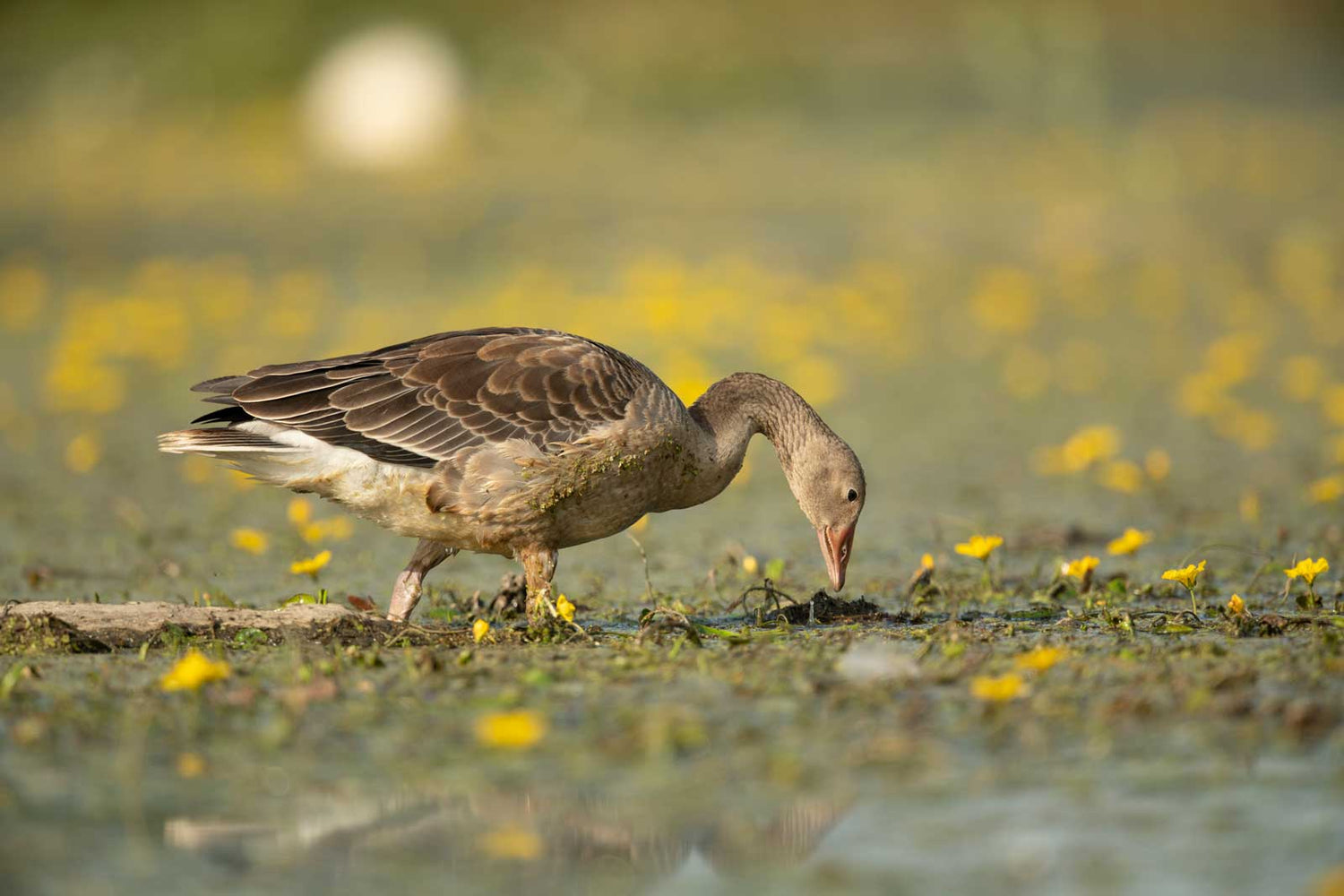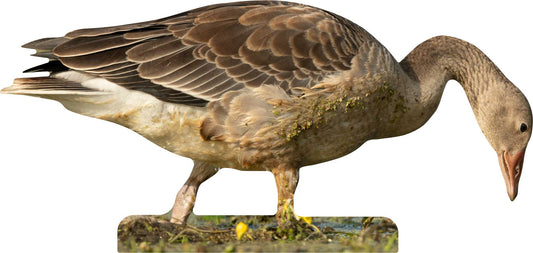
goose
Geese are magnificent water birds with striking colors and impressive size that can be found in a wide variety of habitats - from wetlands to agricultural areas. They play an important role in ecosystems and fascinate with their social behavior, their distinctive migratory strategy and their adaptability.
This fact sheet provides a detailed overview of the biology and lifestyle of geese and emphasizes the importance of their protection and conservation in different habitats.
goose Products
-
Animal display hawk - outdoor set
No reviewsRegular price 57,70€Regular priceUnit price / per -
Animal display wild rabbit
No reviewsRegular price From 49,90€Regular priceUnit price / per
Profile: goose
-
Scientific classification
- Class: Birds (Aves)
- Order: Ducks (Anseriformes)
- Family: Ducks (Anatidae)
- Genus: Anser (for wild geese) and other genera such as Branta (for Canada geese)
- Species: Various species, e.g. Greylag Goose (Anser anser), Canada Goose (Branta canadensis), Egyptian Goose (Alopochen aegyptiaca)
-
Physical characteristics
- Size: Body length of 55-100 cm, depending on the species
- Wingspan: 120-200 cm
- Weight: 2-8 kg
- Special features: Long-necked birds, strong build, mostly grey or brown plumage with white spots, orange legs and beak, distinctive vocalizations (gagg-gerr-gack).
-
Habitat and distribution
- Common regions: Europe, Asia, North America, Australia
- Habitat: Wetlands such as lakes, ponds, rivers, wet meadows and swamps; also found in urban areas and on agricultural land.
-
Nutrition
- Diet: Herbivore and Omnivore
- Typical food: grasses, herbs, seeds, roots, berries, cereals; occasionally also insects and small vertebrates.
-
Reproduction and lifestyle
- Mating season: spring to summer
- Nesting behavior: Nests are built in tufts of grass, on the ground or on elevated places such as platforms.
- Eggs: 4-12 eggs per clutch
- Brood care: Females incubate the eggs, males defend the territory and help raise the chicks
- Habits: Usually social, both in small groups and in large flocks, especially during migration. Geese are migratory birds that travel long distances every year.
-
Lifespan and protection status
- Life expectancy: 10-20 years, depending on species and living conditions
- Endangered status: Some species are threatened in their natural habitat, particularly due to habitat loss, hunting and pollution.
- Conservation measures: protection and restoration of wetlands, sustainable hunting practices, avoiding disturbance of breeding sites.

